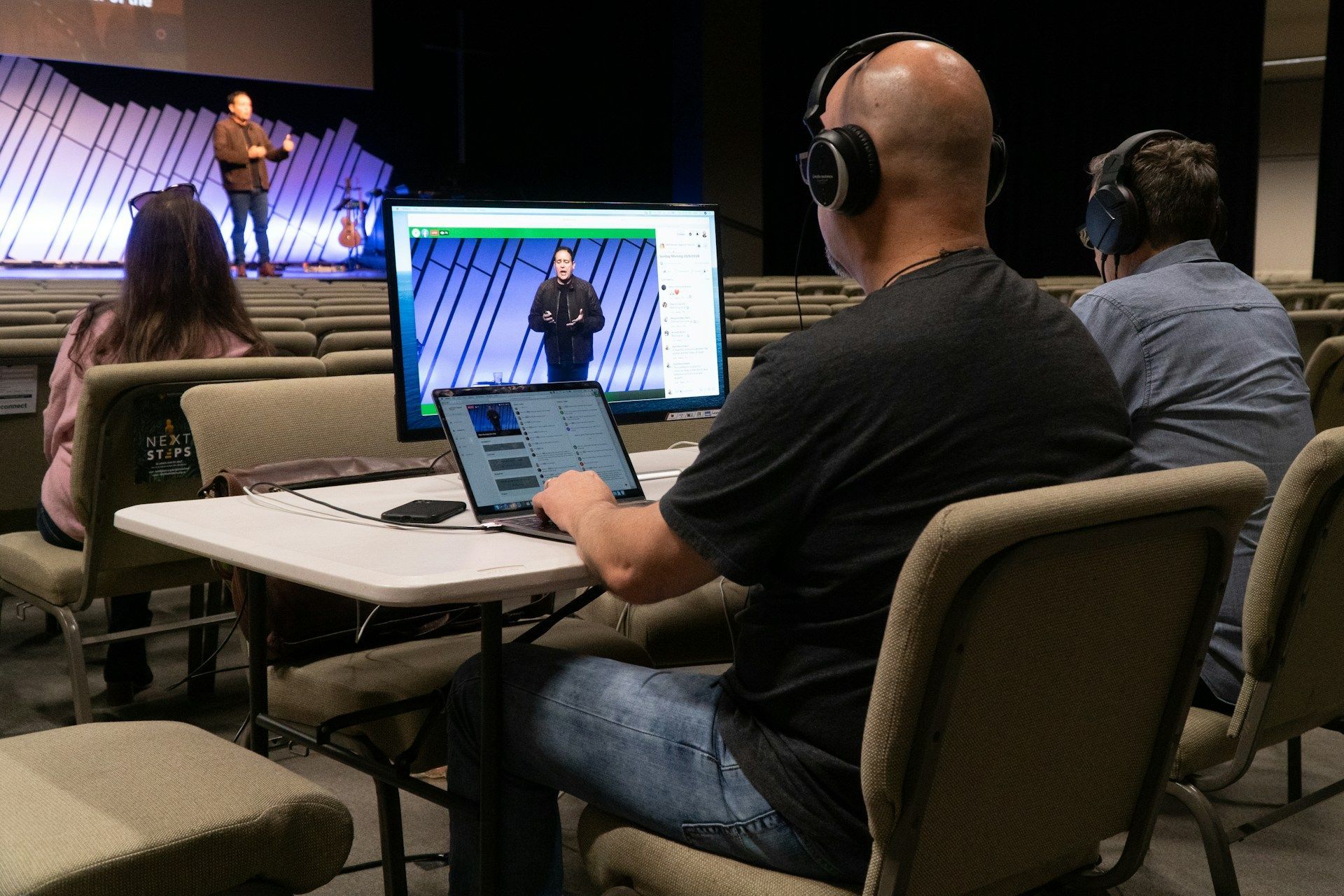Engaging Your Online Community: Top Church and Non-Profit Website Features for Improved Interaction
As a church or non-profit organization, your online presence is crucial for establishing a strong connection with your community and broadening your reach. At Faithworks Marketing, our mission is to help non-profits and churches build and manage websites that not only represent their organization effectively but also foster interaction and engagement with their online audience. One way to achieve this is by incorporating features that encourage user interaction and participation, turning your website into a bustling hub for your community.
In this blog content strategy, we will examine several essential website features that can significantly impact the online engagement of your audience and nurture stronger connections within your digital community. From live streaming your events and facilitating group chats to offering versatile event calendars and creating optimized donation pages, we will provide insight into how these features can enhance your website’s relevance and make your online space a central point for your community to gather, interact, and stay informed.
By strategically implementing these features into your website, you can create an environment that not only attracts and retains your audience but also encourages them to take an active role in your church or non-profit’s activities and initiatives. When combined with the expertise and dedication of the Faithworks Marketing team, your website can transform into an integral part of your organization's growth, meeting the evolving needs of your community and delivering a robust, engaging online experience.
Engaging Your Online Community: Top Church and Non-Profit Website Features for Improved Interaction
A strong online community is vital for churches and non-profit organizations in today's digital landscape. Offering an engaging user experience is key to fostering interaction and building connections within your community. In this blog article, we will discuss four essential website features that can help improve interaction and transform your site into a central hub for your digital community.
1. Live Streaming Events and Services
In a world where online communication is increasingly popular, providing accessibility through live streaming your events and services is crucial to maintain engagement with your community members. Live streaming allows people who might be unable to attend physically to participate virtually, ensuring everyone has an opportunity to be part of your church or non-profit's activities.
To leverage live streaming successfully:
- Choose a Reliable Streaming Platform: Select a streaming platform that offers high-quality video feeds and can accommodate the anticipated number of viewers.
- Promote Upcoming Live Streams: Consistently communicate upcoming live events through social media channels, email newsletters, and your website to encourage participation and build anticipation.
- Engage with Your Online Audience: Actively interact with viewers during the live stream, addressing comments and questions, to foster a sense of community and encourage continued engagement.
By live streaming events and services, your organization can reach a larger audience and offer a more inclusive experience to all community members, regardless of their physical location.
2. Incorporate Group Chats and Forums
Facilitating communication within your online community is essential to build connections and foster interaction. Integrating group chats and forums into your website provides a platform for your community members to engage with each other and your organization.
To effectively incorporate group chats and forums:
- Monitor and Moderate Discussions: Assign moderators to ensure the forums and chat rooms maintain a positive, respectful atmosphere aligned with your organization's values.
- Curate Engaging Conversation Topics: Provide conversation prompts and encourage exploration of topics relevant to your audience, promoting meaningful discussions and interaction.
- Encourage Offline Connections: Utilize your online platforms to promote offline events or opportunities for in-person connections, solidifying relationships within your community.
By providing a designated space for conversation and interaction, group chats and forums can help strengthen your digital community, offering invaluable support and connection opportunities.
3. Offer Versatile Event Calendars
An interactive and versatile event calendar on your website enables your community members to stay informed about your organization's activities and discover opportunities for participation.
To create an effective event calendar:
- Make It Easy to Navigate: Structure your calendar in a clear, organized manner, making it simple for users to find and explore upcoming events.
- Include Detailed Event Information: Provide comprehensive details on event times, locations, and descriptions, equipping users with the information they need to participate.
- Enable Event Registration: Incorporate a registration system within your calendar, making it convenient for users to sign up for events or activities directly through your website.
A robust event calendar can help your online community stay updated on your organization's activities, fostering greater engagement and participation within your church or non-profit.
4. Optimize Donation Pages
For many non-profits and churches, donations are vital to their mission's success. Ensuring your donation pages are optimized for user interaction can significantly impact your organization's ability to garner support from your digital community.
To optimize donation pages:
- Simplify the Process: Streamline the donation process by keeping forms concise and eliminating unnecessary steps, ensuring a seamless user experience.
- Make It Secure: Employ secure payment gateways and protect user information to instill trust and confidence in your community members.
- Clearly Communicate Your Impact: Share the significance of donations and the way they benefit your organization's mission, inspiring your audience to support your cause.
By optimizing your donation pages, you make it easy for your online community to contribute to your organization's success, promoting continued support and long-term growth.
Conclusion
Incorporating these essential website features can dramatically impact the overall engagement and interaction within your digital community. By providing opportunities for participation in live events, fostering communication through chats and forums, offering versatile event calendars, and optimizing donation pages, you can turn your website into an interactive hub for your community.
Faithworks Marketing specializes in creating custom web
design for non-profit organizations and churches. By teaming up with our expert staff, your website can support your mission and help your organization connect with members and engage new visitors, fostering a growing, thriving online community.












